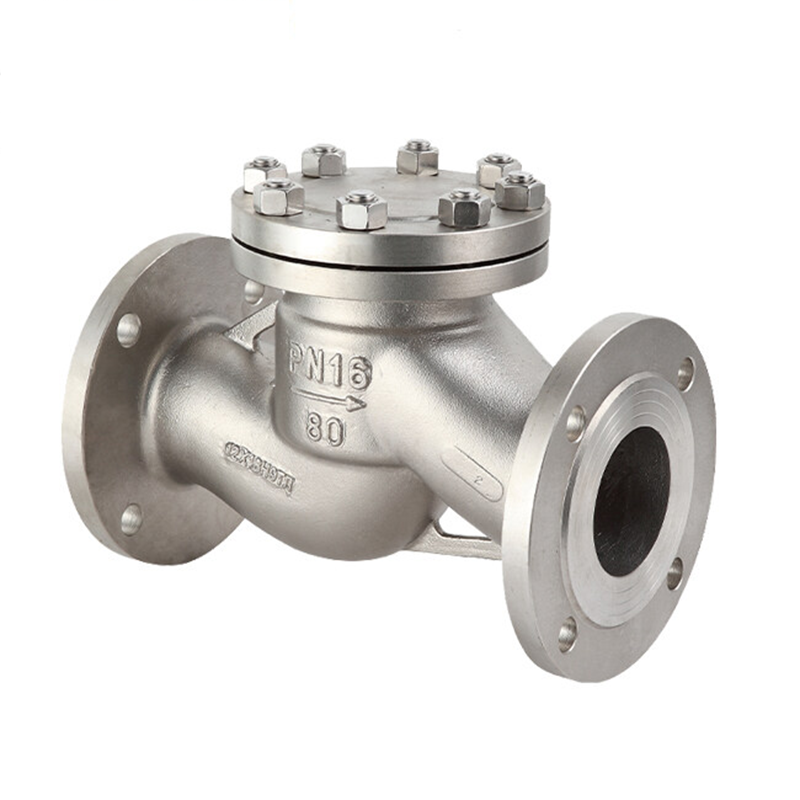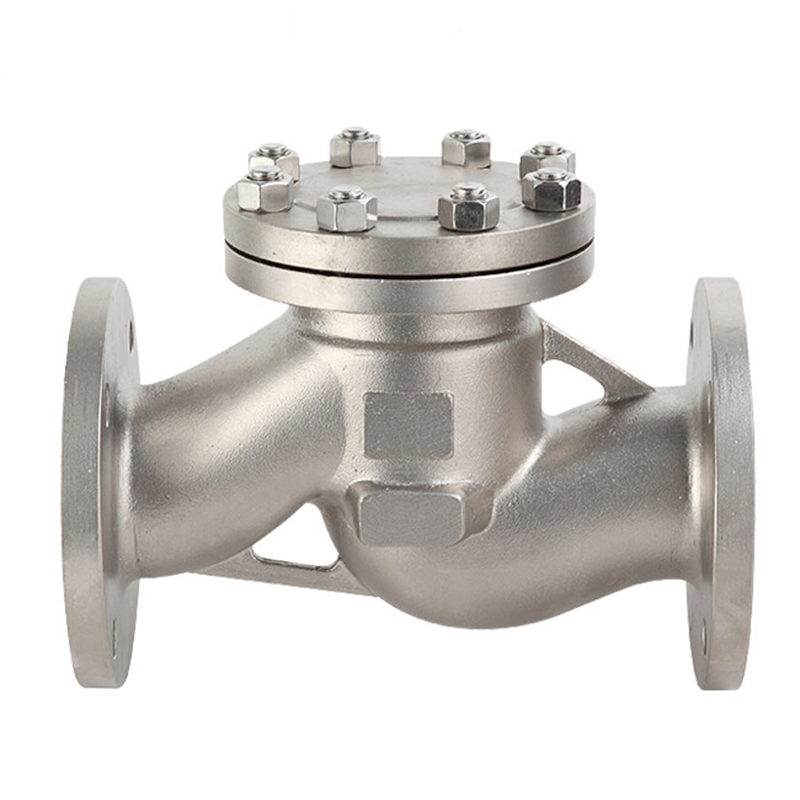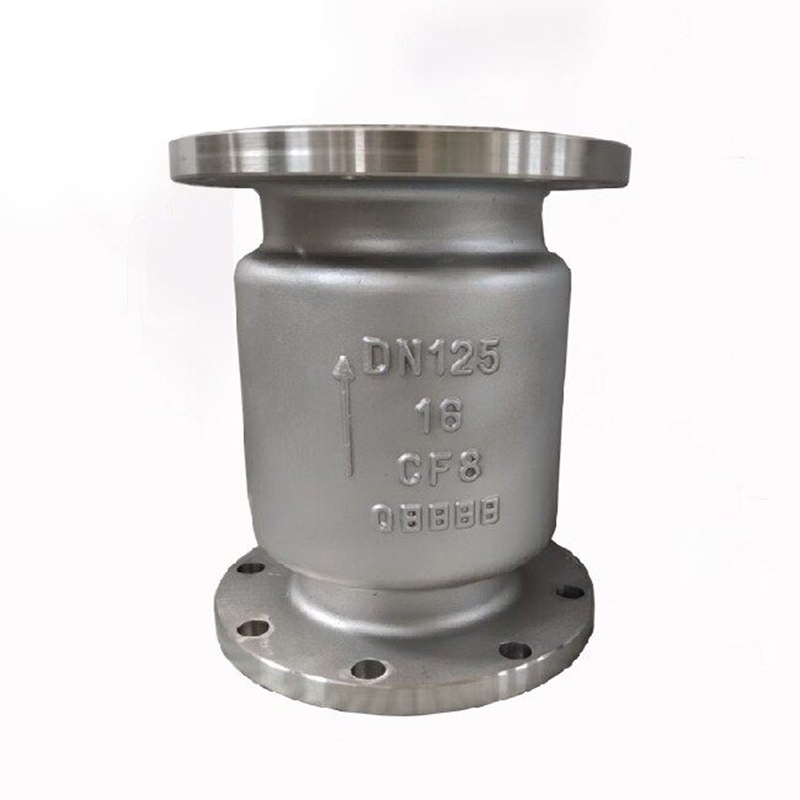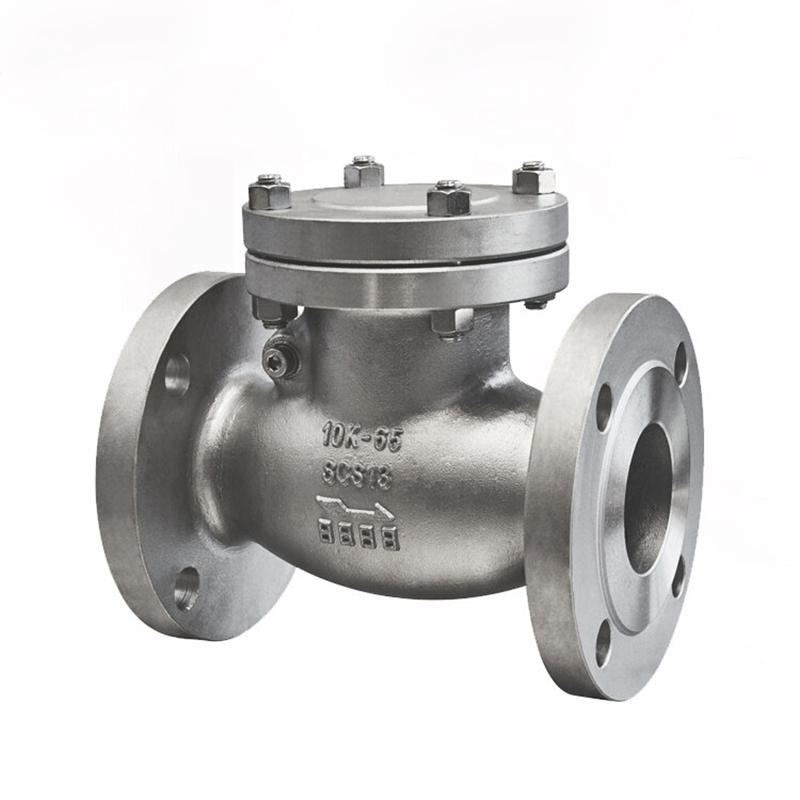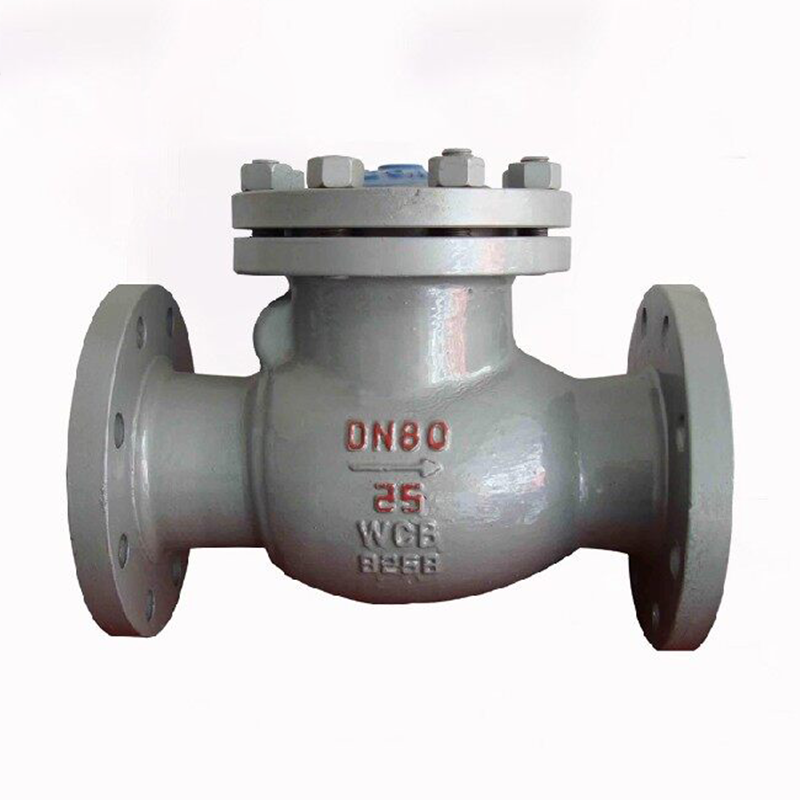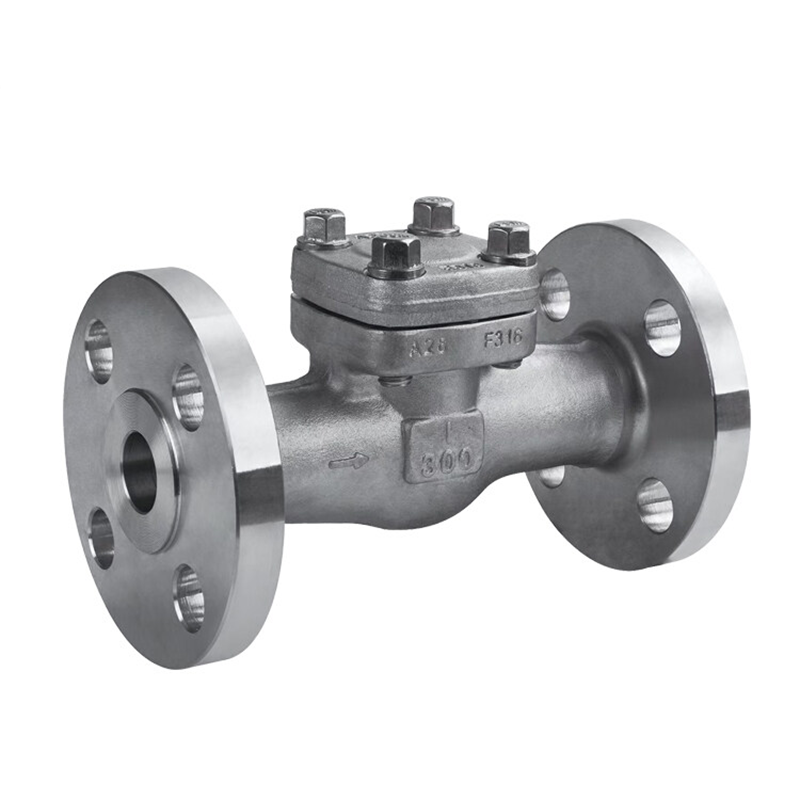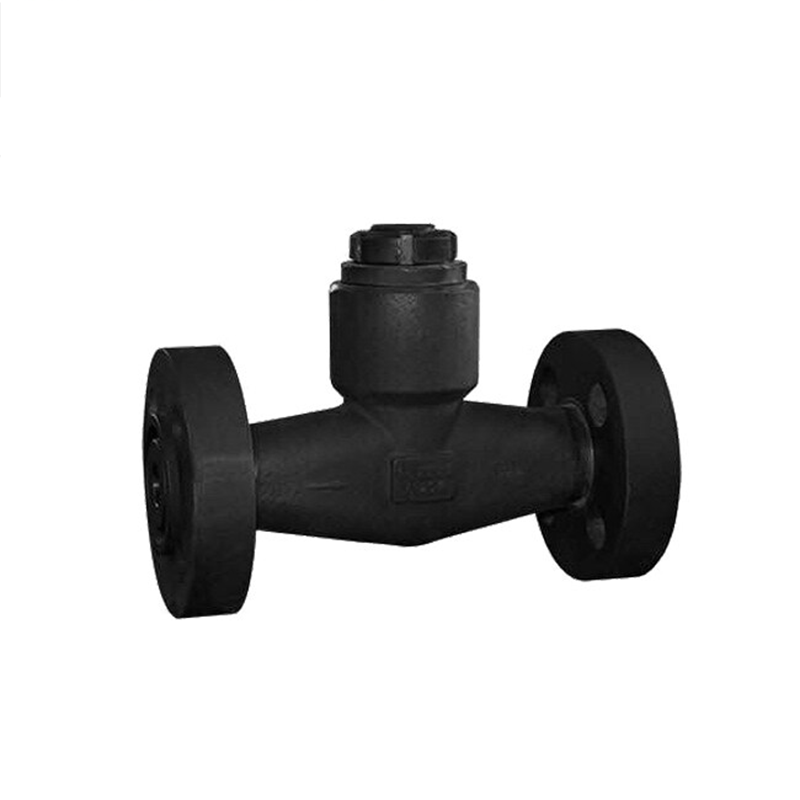Памылка фармату электроннай пошты
emailCannotEmpty
emailDoesExist
pwdLetterLimtTip
inconsistentPwd
pwdLetterLimtTip
inconsistentPwd

LIFT CHECK VALVE
LIFT CHECK VALVE
Lift Check valve
The seat design of a lift-Check valve is similar to a Globe valve. The disc is usually in the form of a piston or a ball.
Lift Check valves are particularly suitable for high-pressure service where velocity of flow is high. In lift Check valves, the disc is precisely guided and fits perfectly into the dashpot. Lift Check valves are suitable for installation in horizontal or vertical pipe-lines with upward flow.
Flow to lift Check valves must always enter below the seat. As the flow enters, the piston or ball is raised within guides from the seat by the pressure of the upward flow. When the flow stops or reverses, the piston or ball is forced onto the seat of the valve by both the backflow and gravity.
Components of a piston type check valve
Valve body
This is the part of the piston check valve that contains the internal parts of the valve. The valve body is made of strong materials such as ductile iron, cast iron, stainless steel, and carbon steel among others. The body also serves as the main pressure barrier to ensure fluid pressure is not lost. The body contains the inlet and outlet valve ports where fluid passes through the valve to the piping system.
Bonnet
This is top part of a piston check valve. The bonnet is placed on top of the valve body and the two are connected using various methods such as bolts and nuts, threads, or welds. The weld and bolt connections are suitable for use in high-pressure applications as they offer a tight seal. The screwed or threaded connection involves connecting the body and the bonnet through threads. The welding connection guarantees a very tight seal despite high pressure. However, the welding connection makes it hard to open the valve while in the field for inspection, cleaning or repair.
Disc
This is the part of a piston check valve that is used to close and open the valve.
Spring
The spring is used to help in closing the valve immediately suction pressure starts reducing.
Seat
This part acts as a seal between the valve body and the disc to prevent fluid leakage.
Figure: Components of a piston type check valve.
How does a piston check valve work?
A piston check valve works by employing the principle of pressure difference. To open a piston check valve, the fluid pressure must be greater than the outlet pressure. In this case, the fluid pressure energy becomes high enough to lift the valve disc off the valve seat. When the disc moves upwards, it leaves space for the fluid to pass through the valve. The fluid keeps flowing through the piston check valve until a time when the suction pressure drops. At that instance, the fluid starts reversing the direction of flow from the outlet side to the suction side due to low inlet pressure. However, piston check valve manufacturers design these valves with high sensitivity to pressure so that the valve closes immediately before significant fluid starts flowing backward. Fluid reversing backward causes damage to equipment like boilers or pumps. It can also bring losses due to unnecessary contamination. So the use of piston check valves is inevitable in certain industrial applications.
Figure: Working of a piston check valve in open state (left side) and closed state (right side).
Types of piston check valves
Z-shaped piston check valve
This is a piston check valve that has a z-shaped partition inside the valve. The Z-shape is where the valve seat is mounted. This is one of the most famous and simplest piston check valves. Piston check valve manufacturers make the seat with a horizontal arrangement. This type of design allows the disc to move perpendicular to the axis of the pipeline. Z-shaped piston type check valve is easier to do maintenance, installation, and cleaning.
Figure: Z-shaped piston check valve.


